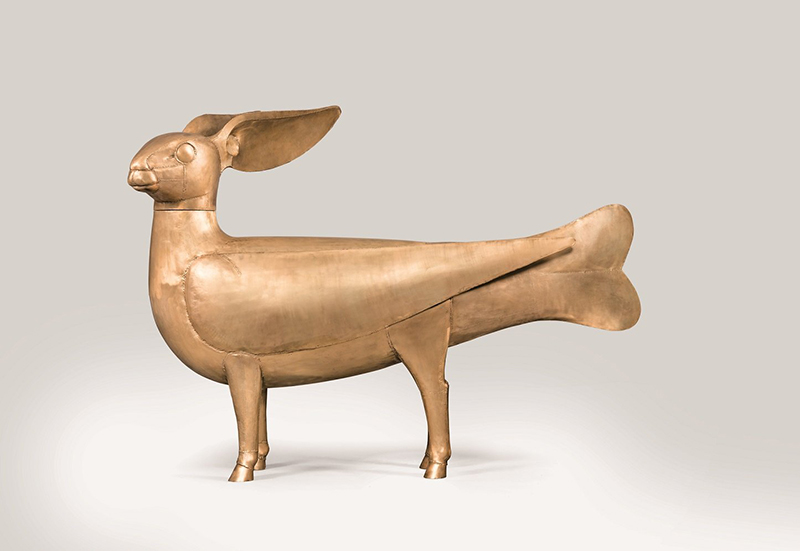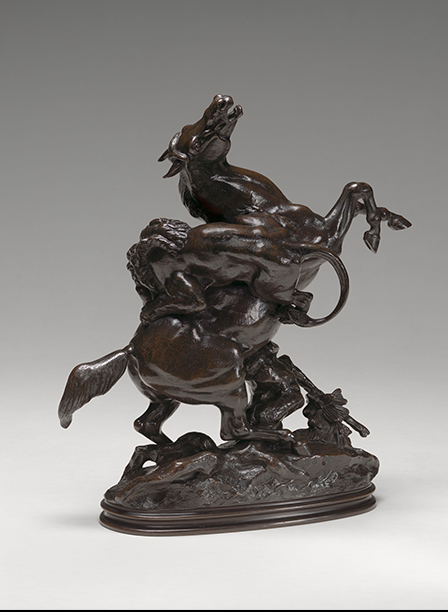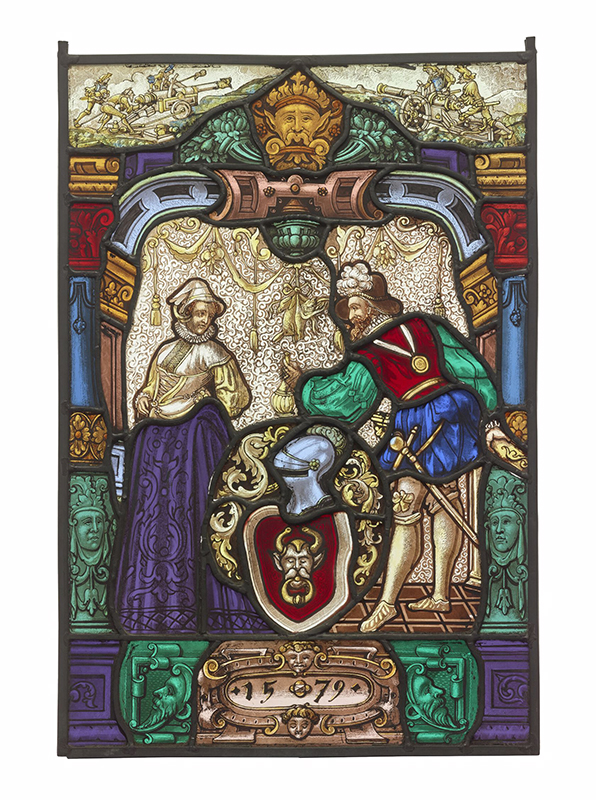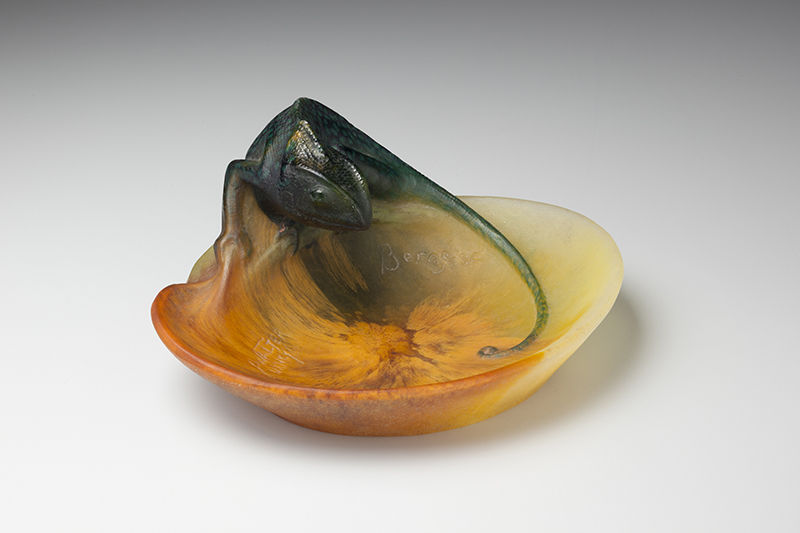
Clark Art Institute, Williamstown, Massachusetts
Opening this week at the Clark is the exhibition Nature Transformed. The show will be the first in an American art museum in over forty years for the work of Claude and François-Xavier Lalanne. Les Lalanne, as they were known, are beloved by many for their whimsical, functional, animal form sculptures—such as a hippopotamus-shaped desk and sheep-shaped benches. After so many gloomy months, these fun, fantastic artworks are sure to put a smile on your face, so reserve your tickets here.

Virginia Museum of Fine Arts, Richmond
The work of the 19th-century Parisian sculptor Antoine-Louis Barye is on view in Romantic Bronzes, an exhibition that opened earlier this week at the VMFA. A showcase for more than thirty works of Barye’s donated to the museum in the last twenty years, Romantic Bronzes offers itself not only as a display of some of Barye’s finest works but also an illustration of features specific to the medium, style, and historical period in which they were created. Plans to visit this celebration of Barye’s work can be made here.

Museum of Fine Arts, Houston
If you can believe it, it’s already May which means that MFA, Houston is preparing to say goodbye to the exhibition Fire/Works: Enamel Art through the Centuries. Drawing on the museum’s holdings, the exhibition traces the use of enamel around the world and through time. Fire/Works offers museumgoers a lesson on the processes and styles of enamel art from medieval Byzantium to the modern-day. To plan your trip down to Houston, make sure to check here.

Toledo Museum of Art
Many of us have spent the last year or so staring out of a window at the outside world. So, to try and rehabilitate a potentially tainted opinion of glass, take a look at the Toledo Museum of Art’s exhibition Chameleon Effects: Glass (Un)Defined. The exhibition reminds us that glass has had a simultaneously constant and mutable role in art for more than four thousand years. Drawing from the museum’s collection, Chameleon Effects highlights challenges posed by the interaction of glass with other materials in art through the ages. To see these pieces in person, make sure to check here to plan your trip in advance.
